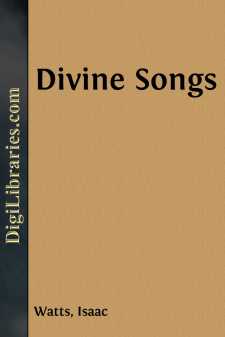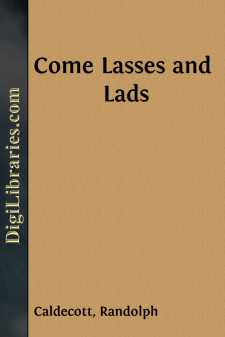Categories
- Antiques & Collectibles 13
- Architecture 36
- Art 48
- Bibles 22
- Biography & Autobiography 813
- Body, Mind & Spirit 142
- Business & Economics 28
- Children's Books 15
- Children's Fiction 12
- Computers 4
- Cooking 94
- Crafts & Hobbies 4
- Drama 346
- Education 46
- Family & Relationships 57
- Fiction 11828
- Games 19
- Gardening 17
- Health & Fitness 34
- History 1377
- House & Home 1
- Humor 147
- Juvenile Fiction 1873
- Juvenile Nonfiction 202
- Language Arts & Disciplines 88
- Law 16
- Literary Collections 686
- Literary Criticism 179
- Mathematics 13
- Medical 41
- Music 40
- Nature 179
- Non-Classifiable 1768
- Performing Arts 7
- Periodicals 1453
- Philosophy 64
- Photography 2
- Poetry 896
- Political Science 203
- Psychology 42
- Reference 154
- Religion 513
- Science 126
- Self-Help 84
- Social Science 81
- Sports & Recreation 34
- Study Aids 3
- Technology & Engineering 59
- Transportation 23
- Travel 463
- True Crime 29
Christian Hymns of the First Three Centuries
Description:
Excerpt
I. Introduction
There is no part of the general field of Christian hymnology so baffling to the student or so full of difficulties as the one under consideration in this paper. Many accounts of the subject are in existence but are far from conclusive. This is due, first of all, to the unexpected scarcity of original sources. When one views the rise of Christianity from its inception to the period of the Council of Nicaea, 325, its numerical growth from a handful of original adherents to millions of followers at the time of the Edict of Milan, 313, its literary development from early scattered records to the works of the great Greek and Latin fathers, one cannot help inquiring, “What has become of their hymns?”
Another puzzling aspect of the study is the complex historical background against which the progress of Christianity appears. The peace and constructive progress of the Augustan era, in which Christianity was founded, have often been cited as factors contributing to its evolution and spread. But this is not the whole story. The civilization of that day, especially in the eastern Mediterranean lands most concerned, was largely Hellenistic, of mingled Greek and oriental features which were necessarily wrought into the fabric of the new religion. An understanding of pre-Augustan conditions, in which these diverse historical and literary trends were merged, is essential, for without it the subject is unintelligible.
A further problem which confronts the student is that of interpretation. It is well known that any general treatment of early Christianity is apt to conform to the point of view of the author. The study of hymnology, like that of other features of the early Church, is apt to be affected by the opinion of the commentator.
It is no wonder that the field has been neglected and that the accounts of it are vague, incomplete and unsatisfactory. In fact, the task of re-examining the mass of extant records of early Christianity and other relevant material, which might illuminate the subject of hymnology, seems never to [3] have been undertaken with this purpose in view. It is, actually, too vast a project for the casual student and certainly has not been attempted here. Our best accounts of early Christian hymnody are often subordinated to a general history of Christian hymns. This is the case with the article, entitled, Hymnes, by H. Leclercq, in the Dictionnaire D’ Archéologie Chrétienne et de Liturgie, probably the best short account in any language, containing a section on the hymnology of the first three centuries. Charles Stanley Phillips drew generously from this source for the first chapter of Hymnody, Past and Present, which is written from the liturgical standpoint. Independent studies are rare. Among them, Die Hymnendichtung des frühen Christentums by Josef Kroll, a distinguished classical philologist, deserves a much wider circulation and should be translated for the benefit of English readers.
In view of the dearth of available material in English, it has seemed timely to approach the whole subject from a new standpoint....






